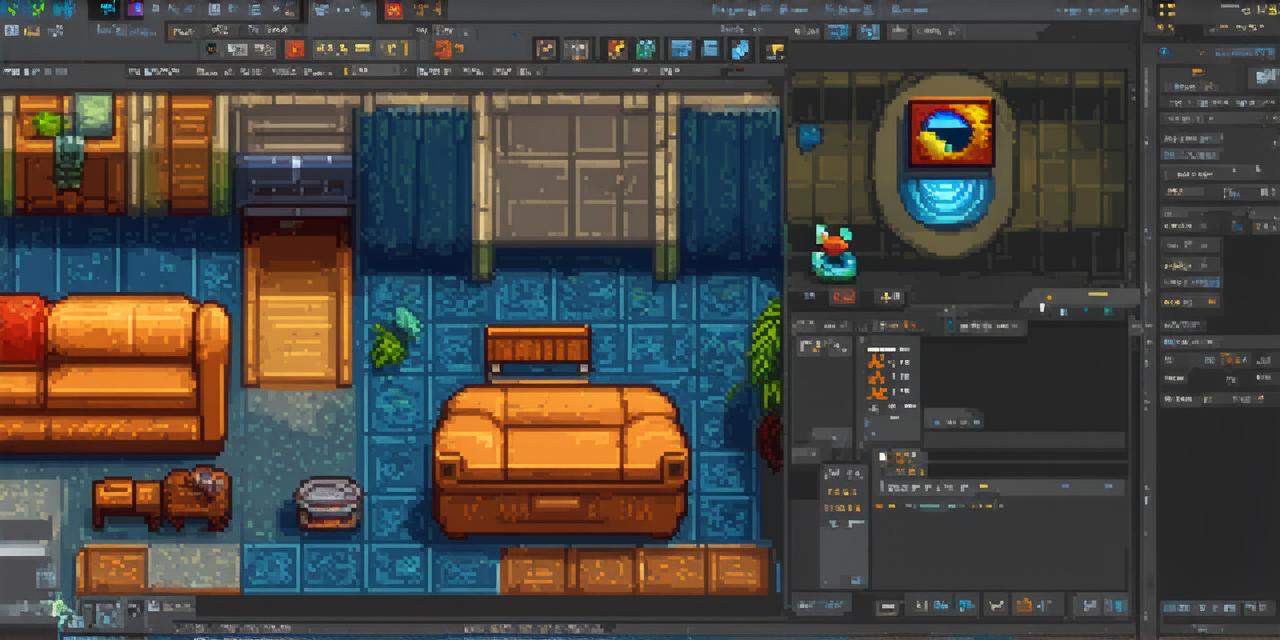
Unity is a powerful game engine that allows developers to create 2D and 3D games for a variety of platforms, including PC, mobile, and consoles. It features a user-friendly interface and a wide range of tools and resources designed specifically for game development.
Before We Begin: Understanding Unity
Unity is a powerful game engine that allows developers to create 2D and 3D games for a variety of platforms, including PC, mobile, and consoles. It features a user-friendly interface and a wide range of tools and resources designed specifically for game development.
Some of the key features of Unity include:
- A powerful physics engine
- A wide array of built-in assets and tools for creating 3D models and animations
- Support for scripting languages such as C and JavaScript
- Integration with a variety of third-party services, including social media and analytics platforms
To get started with Unity, you’ll need to download the engine from the official website and install it on your computer. Once installed, you can create a new project and start building your game.
Setting Up Your Environment: Creating Your 3D World
The first step in creating any 3D adventure game is setting up your environment. This involves creating the basic elements of your game world, such as terrain, buildings, and objects. Unity includes a variety of tools and resources for creating 3D models and animations, including the built-in Mesh Renderer component and the Animation window.
To create terrain, you can use a tool like World Machine, which allows you to generate realistic-looking landscapes with just a few clicks. You can then import these landscapes into Unity and add additional details using tools like the Sculpting Brush and the Terrain Paint tool.
To create buildings and other objects, you can use a combination of 3D modeling software like Blender and Unity’s built-in assets library.

Adding Interactive Elements: Creating Your Game Logic
Once you’ve set up your environment, it’s time to add in the interactive elements that will make your game come to life. This involves creating the game logic that will control how players interact with the world and each other. Unity includes a variety of scripting components that you can use to create this logic, including the C Script component and the Behavior Tree asset.
To add interactive elements like doors, switches, and levers, you’ll need to create scripts that detect when players interact with these objects and trigger specific actions. For example, if a player interacts with a switch, you might want to open a door or turn on a light. You can also use Unity’s built-in animation tools to create smooth transitions between states.
Creating Your Characters: Animating and Rigging Your Avatars
One of the key components of any adventure game is its characters. To create realistic-looking characters, you’ll need to use a combination of 3D modeling software and Unity’s animation tools. Start by creating your character model in a tool like Blender, making sure to pay attention to details like facial expressions and body language.
Once you have your model, you can import it into Unity and rig it using the Rigging tool. This involves creating a skeleton for your character that will allow you to control their movements and animations. You can then use the Animation window to create animations for your character, including walking, running, and fighting animations.
Implementing AI: Adding Intelligence to Your Game World
To make your game world feel more alive and dynamic, you might want to add in some artificial intelligence (AI) to control the behavior of non-player characters (NPCs). Unity includes a variety of AI tools and assets that you can use to create intelligent NPCs, including the NavMesh component and the Behavior Tree asset.
To implement AI, you’ll need to create scripts that will give your NPCs specific behaviors, such as following the player or reacting to their presence. You can also use Unity’s built-in physics engine to make your NPCs move and interact with their environment in a realistic way.
Designing Your Game’s Levels: Creating Challenging Environments
Once you have your basic game mechanics in place, it’s time to start designing the levels of your adventure game. This involves creating challenging environments that will test the player’s skills and keep them engaged throughout the game.
One effective way to design a level is to use a combination of different types of challenges, such as puzzles, platforming sections, and combat encounters. You can also use environmental hazards, such as traps and obstacles, to add an extra layer of difficulty.
Creating Your Game’s Sound and Music: Enhancing the Atmosphere
Another important aspect of any game is its sound and music. These elements can help to enhance the atmosphere of your game and create a more immersive experience for the player.
To create your game’s sound effects, you can use a variety of tools and resources, including pre-made sound libraries and software for creating custom sounds. For music, you can use a combination of original compositions and licensed or royalty-free tracks to create a cohesive and engaging soundtrack.
Testing and Refining Your Game: Making Sure It’s Fun and Polished
Once you have your game completed, it’s important to thoroughly test it to make sure that it’s fun and polished. This involves playtesting the game with friends and family, as well as using debugging tools to identify and fix any technical issues.
You can also use feedback from beta testers and focus groups to make improvements to your game’s mechanics, level design, and overall experience. It’s important to be open to constructive criticism and willing to make changes to ensure that your game is as fun and enjoyable as possible for players.
Publishing Your Game: Sharing Your Creation with the World
Finally, when you’re ready to share your game with the world, you can publish it on a variety of platforms, including PC, mobile, consoles, and more. This involves submitting your game to the appropriate platforms, as well as creating marketing materials and promotional campaigns to attract players.
When publishing your game, be sure to consider your target audience and create marketing materials that will appeal to them. You can also use social media, online forums, and other channels to promote your game and connect with potential players.
Conclusion
In conclusion, creating a 3D adventure game using Unity involves a variety of steps, from setting up your environment and adding interactive elements to designing levels, creating sound and music, testing and refining your game, and finally publishing it on various platforms. With the right tools, resources, and determination, you can create a fun and engaging game that will keep players entertained for hours on end.

